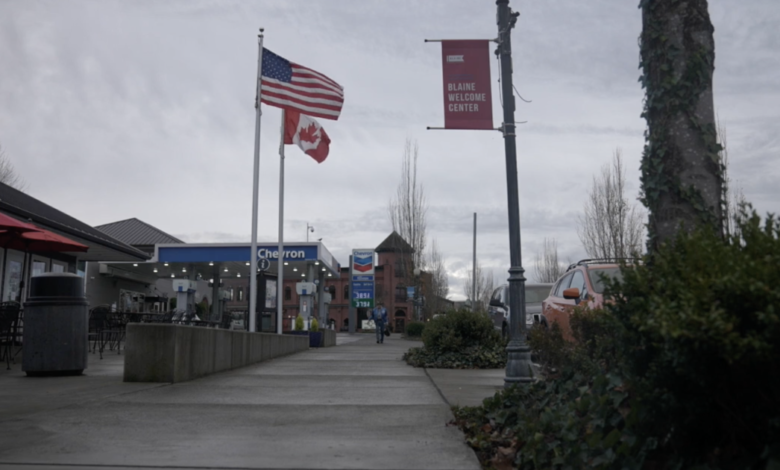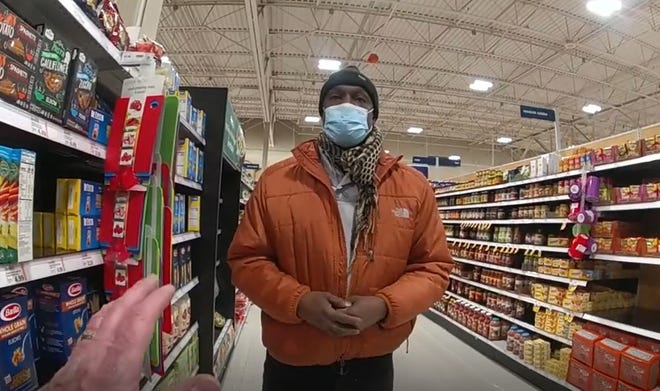
BLAINE, Wash. — Along America’s border with Canada, communities straddle two nations and businesses cater to two peoples.
“They come down to do a little shopping,” said Michael Jones, city manager of Blaine, Washington. “People come down for the weekend, for the day.”
They did that, until COVID put the brakes on it.
“I think the impact has been underappreciated,” Jones said.
Blaine is one of those border communities and home to the Peace Arch, a century-old symbol of America’s friendship with its northern neighbor.
“We are right on the edge of the Vancouver metro area, which is about three million people,” Jones said. “That's our nearest city. It's literally just a half a mile up the street, and all of a sudden we can't go there and they can't come here.”
For the past 20 months, COVID restrictions at the land border meant nonessential travel suddenly became a no-go. In Blaine, which relies heavily on Canadian visitors and Americans heading into Canada, gas tax revenue plummeted 80% and sales tax revenue dropped by a quarter.
“It affected the city's tax base substantially, which affected our ability to serve our citizens,” Jones said. “It essentially means one worker full-time all year with supplies and equipment to do things like fill potholes and stripe streets.”
Blaine is home to the busiest land border crossing between the U.S. and Canada, west of the Mississippi River. In the year before the pandemic, there were nearly four million personal vehicles that crossed through there—personal travel that proved difficult because of COVID restrictions until now.
As the U.S. lifts those restrictions at its borders for the fully vaccinated, there is hope things will start to improve.
However, some say the strain in relations between the U.S. and Canada might take longer to recover.
“Coming out of the restrictions, we are not at all aligned, which is particularly problematic for the land border,” said Laurie Trautman, director of the Border Policy Research Institute at Western Washington University.
She said because Canadians are still requiring a negative COVID test to enter or return through the land border -- but the U.S. is not -- shows the relationship between the two countries still needs work.
“We went into this crisis with pretty poor Canada-U.S. relations. The Trump administration and the Trudeau administration were not friendly to each other,” Trautman said. “I think they're not as good as many Canadians had anticipated they would be when the Biden administration came in place. You know, we have pipeline issues and other sort of ‘buy American’ initiatives that aren't particularly friendly to Canadians.”
Yet, it’s a friendship that border communities like Blaine are counting on, to help them thrive once again.
“We are ready and excited to have our Canadian friends and neighbors come south,” Jones said. “And, frankly, I'm anxious to go to Canada. I'm ready for them to reciprocate and open their border without testing.”
It’s a move the Canadians have not made yet and it is unclear when they might, leaving one final hurdle of COVID’s legacy at the northern border.









